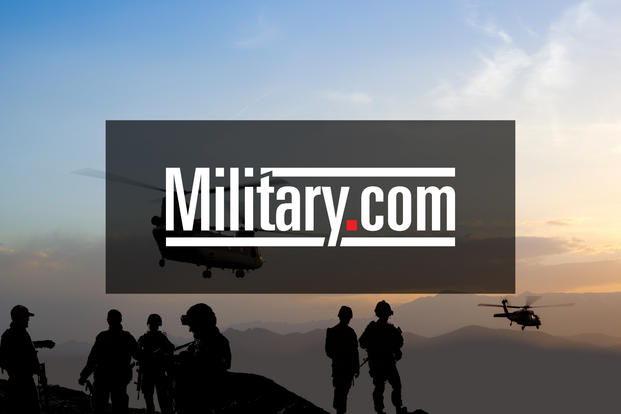Starving ISIS defenders who have surrendered or been captured in the siege of Raqqa have shown signs of using amphetamines to stay in what is described as a "brutal fight" for the Syrian city, a U.S. military spokesman said Wednesday.
The ISIS fighters taken into custody recently by the U.S.-backed Syrian Democratic Forces and questioned by "coalition" advisers have been malnourished and emaciated, with track marks on their arms.
The SDF, a mix of Arab and Kurdish fighters, and advisers who have seen detainees with "pocked needle marks" on their arms have concluded ISIS fighters are using amphetamines to boost their "murderous fervor," said Army Col. Ryan Dillon, a spokesman for Combined Joint Task Force-Operation Inherent Resolve.
"Those are the signs we assessed to be amphetamine," he said.
In a phone briefing to the Pentagon from Baghdad, Dillon said the initial reports from Raqqa, the so-called capital of the ISIS caliphate, are the first he has heard of ISIS fighters "using some sort of drugs to keep them alert and keep them going."
He said it is one of the "signs of their desperation" in the fight for Raqqa, where "desperate and fanatical terrorists are clinging to territory with no chance of escape."
The SDF claims control of about 55 percent of Raqqa, but Dillon predicted the fight for the town will not get "quicker and easier" as ISIS employs "fiendishly clever" improvised explosive devices and relies on the same "three-dimensional" defense U.S. and Iraqi commanders described them using in the battle for Mosul.
ISIS troops in Raqqa have been fighting from rooftops, on the ground and in the warren of tunnels they have dug under the city, Dillon said.
Earlier this week, the SDF repelled a counterattack launched by ISIS from a tunnel complex, he added.
Dillon confirmed that Army Gen. Joseph Votel, commander of U.S. Central Command, had arrived in Baghdad to meet with Iraqi officials and to confer with Army Lt. Gen. Stephen Townsend, commander of CJTF-OIR, on the progress of the war in Iraq and Syria against ISIS.
It was not immediately clear whether Votel would go into Syria, which he has done in the past.
In his briefing from Baghdad, Dillon was questioned on the long-standing discrepancies between the numbers of U.S. troops reported to be in Iraq and Syria by the Pentagon and the numbers actually on the ground.
Dillon again gave the "Force Management Levels" of troops -- 5,200 in Iraq and slightly above 500 in Syria -- but acknowledged the numbers could be considerably higher when those deemed to be on "temporary" assignment are taken into account.
President Donald Trump has given Defense Secretary Jim Mattis wide latitude to set the Force Management Levels, or numbers of troops, in Iraq and Syria, but Mattis to date has retained Obama administration levels, while boosting forces on temporary assignment.
Dillon acknowledged that the numbers he gave on U.S. troops in Iraq and Syria did not include "people who come in and out for the fight on a temporary basis. This is policy, and I can't comment further."
-- Richard Sisk can be reached at Richard.Sisk@Military.com.
Related Video:
Five Things You Don’t Know: ISIS




























